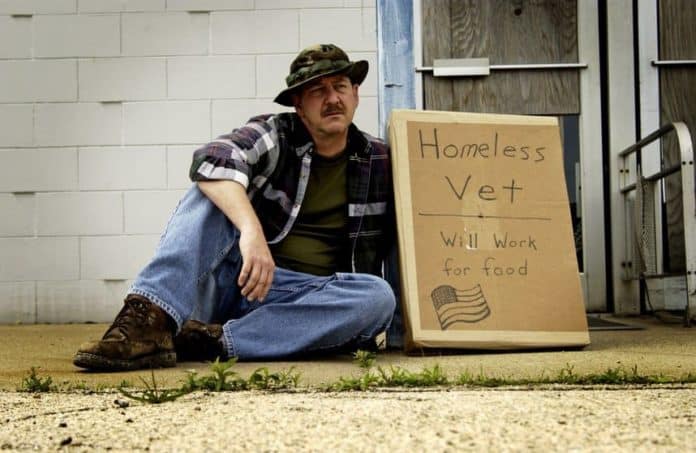
Does the city of Orlando hold the key to solving the issue of homelessness for veterans?
The Orlando Veterans Affairs organization certainly hopes so. The VA has until December 31 to find housing for every soldier and vet in the city.
Through the federal Department of Veterans Affairs and Department of Housing and Urban Development, the government has helped hundreds of the area’s homeless veterans and their families find housing. This year alone, the federal government has spent $13.5 million to move veterans in Orange, Osceola and Seminole counties into apartments.
But is this the answer to homelessness? Going by models in other states, some would say yes.
In Salt Lake City, UT, for example, homelessness has been all but eliminated as city officials have given tiny homes to those who had lived on the streets.
Phoenix, AZ, has applied a similar program to the city’s veterans, giving them all a home or apartment. Although veterans are the most likely to deal with chronic homelessness, living on the streets for an average of eight years, the city aims to provide homes for all by the end of the year.
Veteran populations are some of the most likely to be homeless. Like other groups, they and their families often take advantage of programs that give adults and children in need clothing and other basic necessities. Each year in the U.S., people donate around 14.3 million tons of used clothing, and those garments often go directly to programs that benefit families in need.
Yet one organization wants to find a new approach to solving homelessness by looking at it not as a donation to the homeless but as an investment to individuals.
According to the Weingart Center, based in Los Angeles, it takes about $35,000 per year to keep a homeless person alive on the streets, including the costs of hospital visits, mental health care and food stamps, among other costs to taxpayers. If that person gets arrested, the figure jumps to $47,000 per year due to law enforcement costs.
But the firm believes that for $10,000, one homeless person can be taken off the streets and have access to housing, employment, counseling and other services, effectively turning their lives around.
The Weingart Center says that the difference lies in how people look at homelessness. Where donors tend to support programs like shelters, which may keep people on the streets and not change anything about their lives further down the road, the investment program seeks to make positive changes for veterans.
Could the approach solve problems for Florida, which had the second-highest homeless population of any state as of 2011? Only time will tell, but Central Florida Commission on Homelessness CEO Andrae Bailey, who is helping with the problem locally, says that local and federal groups are committed to the mission to “find every veteran we can” to provide housing and other services.

